Israel-Hamas update: Israeli military prepares for assault on Gaza City with troops, tanks and tunnel mapping
The Independent explains why Hamas’ undergound tunnels will impact a ground operation in Gaza
Your support helps us to tell the story
From reproductive rights to climate change to Big Tech, The Independent is on the ground when the story is developing. Whether it's investigating the financials of Elon Musk's pro-Trump PAC or producing our latest documentary, 'The A Word', which shines a light on the American women fighting for reproductive rights, we know how important it is to parse out the facts from the messaging.
At such a critical moment in US history, we need reporters on the ground. Your donation allows us to keep sending journalists to speak to both sides of the story.
The Independent is trusted by Americans across the entire political spectrum. And unlike many other quality news outlets, we choose not to lock Americans out of our reporting and analysis with paywalls. We believe quality journalism should be available to everyone, paid for by those who can afford it.
Your support makes all the difference.Israel's forces have surrounded Gaza City, the territory's largest city, as part of its ground invasion against Hamas, with an expectation that troops will soon push into onto its streets.
Residents fleeing the city to head south have said they have seen tanks waiting to move forwards, with the Israeli military saying they have severed the city from the rest of Gaza Strip, effectively cutting it in two. Gaza has also been bombarded from the air in response to a deadly Hamas attack on Israeli soil on 7 October that killed more than 1,400 people, with the north facing a particularly intense barrage in recent days.
The ground operation by the Israeli military in Gaza has never been carried out to this extent before. Incursions in 2014 and 2009 were intended to take out concentrations of Hamas’ weapons, not to “destroy” the entire group, as prime minister Benjamin Netanyahu has stated is the only objective this time around. It will be an exercise in urban warfare.
A military spokesman said it had captured a militant compound in the northern Gaza Strip and was set to attack fighters hiding in a warren of underground tunnels. It released footage showing troops using bulldozers to dig up earth and knock over walls.
Israeli Lieutenant-Colonel Richard Hecht told reporters Hamas fighters were "popping out" from tunnels to fire rocket propelled grenades at Israeli forces.
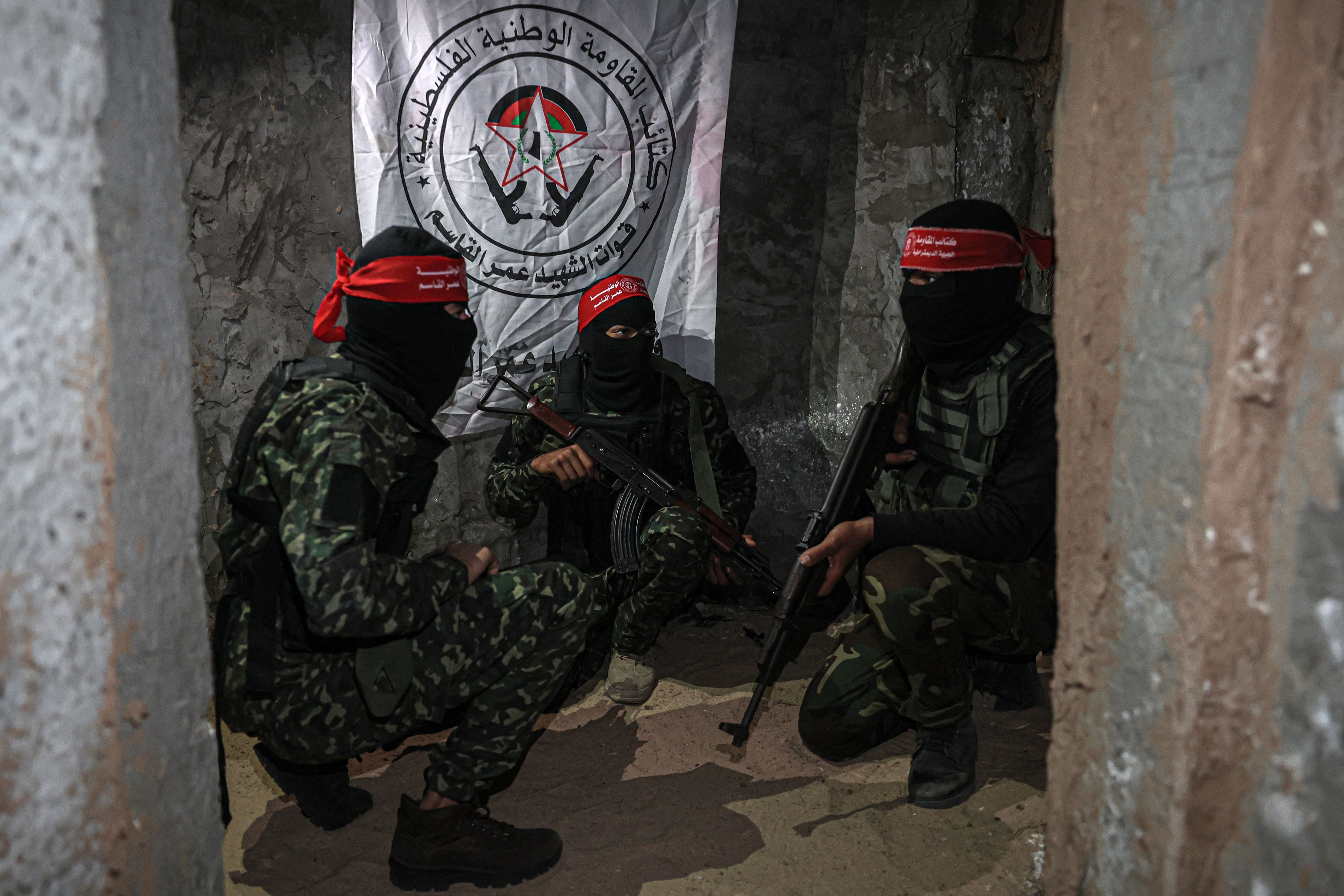
"So we're really putting an effort into taking out these tunnels as we move in and close in on Gaza City," he said.
Hamas will know far more about the landscape of Gaza than their Israeli invaders. They also have an arsenal of weapons – the extent of which is not known by the Israeli soldiers – including thousands of drones.
But Hamas will be operating covertly from the labyrinth of underground tunnels known as the “Gaza Metro”.
They will be using them for weapons storage, communication posts and to hide the more than 200 hostages they took from Israeli land on 7 October. They will also use them as staging areas to ambush Israeli soldiers carefully and slowly making their way through the streets of Gaza.
Extensive Israeli operations to catalogue what one recently freed hostage described as a “spider’s web” of tunnels has, and remain, a high priority.
But in the meantime, soldiers on the ground will be vulnerable to surprise attacks from attacks coming from underground, as .Lieutenant-Colonel Hecht said.
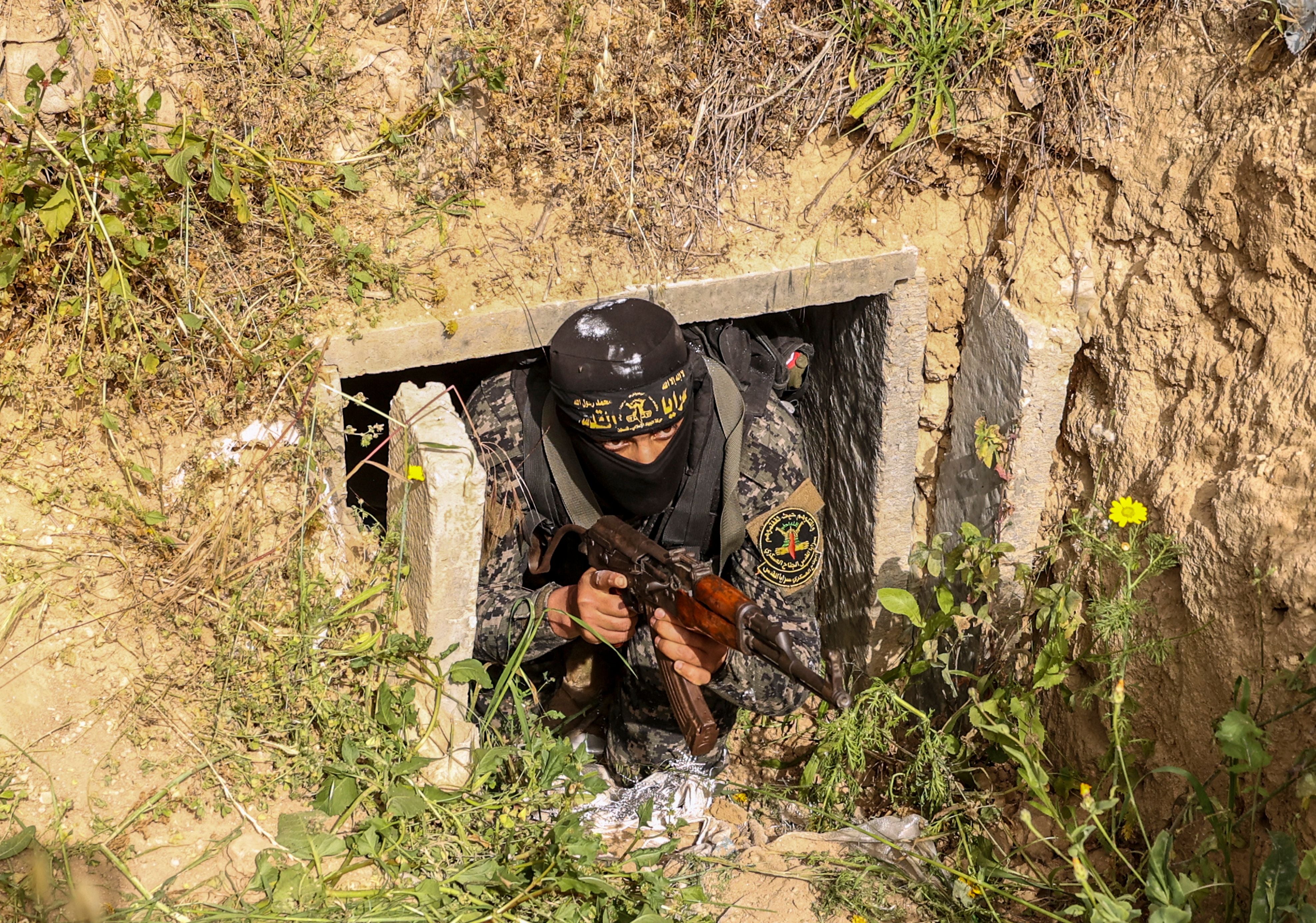
Experts tell The Independent just how difficult it will be to navigate these tunnels and the myriad problems facing Israel.
Hamas has spent more than 15 years building a network of underground tunnels beneath the strip, known as the “Gaza Metro” since it was elected to power in the enclave in 2006.
Israel’s foreign ministry claims that at least 1,370 tunnels have been built since 2007. They are often between 10 and 20 metres beneath the ground and up to two metres in height.
Colin P. Clarke, director of research at The Soufan Group, an intelligence consultancy, told The Independent that fighting in these tunnels is a “nightmare scenario” for Israel.
“Preparing to fight in such terrain is incredibly difficult and would require extensive intelligence on what the network of tunnels looks like, which the Israelis may not have,” he said.
“Clearing tunnels is a nightmare scenario for the soldiers doing it, and like the urban warfare taking place on the surface, it’s a slow, methodical process.
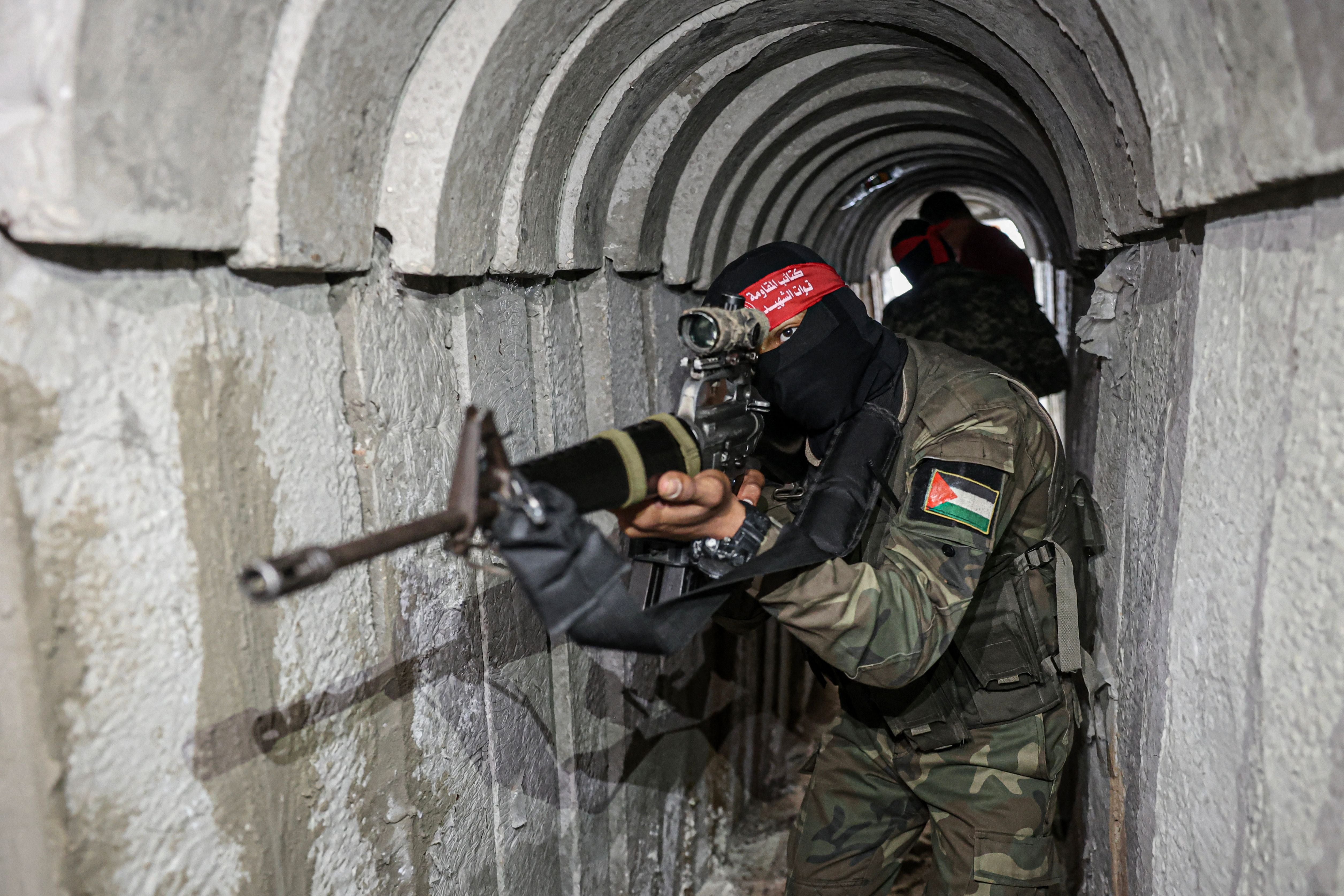
“Ground mobile drones, uncrewed ground vehicles (UGVs), and other intelligence assets may be used to map the tunnels and identify booby traps before sending soldiers to clear them.
“Some air-delivered munitions, referred to as ‘bunker busters,’ may be used; however, these are primarily used to target key command and control nodes. Also, the dense urban terrain in Gaza may limit their use due to the anticipated collateral damage.”
In front of the Israeli soldiers will be a series of defensive lines erected by Hamas.
They include mines, ambush sites and mortar targets, according to a recent review by Nadav Morag, a former Israeli security advisor.
It is widely suspected that areas will also be booby-trapped, including doors laden with explosives, and snipers will be positioned in obscured areas, firing at soldiers as they make their way through the streets.
The Israeli forces in Gaza also face aerial drones. Hamas’ surveillance using unmanned aerial vehicles (UAVs) will increase the likelihood of Israelis having their position compromised.
They could walk into mined areas, into a sniper target zone, or into a collection of Hamas fighters responding to directions given via the live feeds from their drone operators.
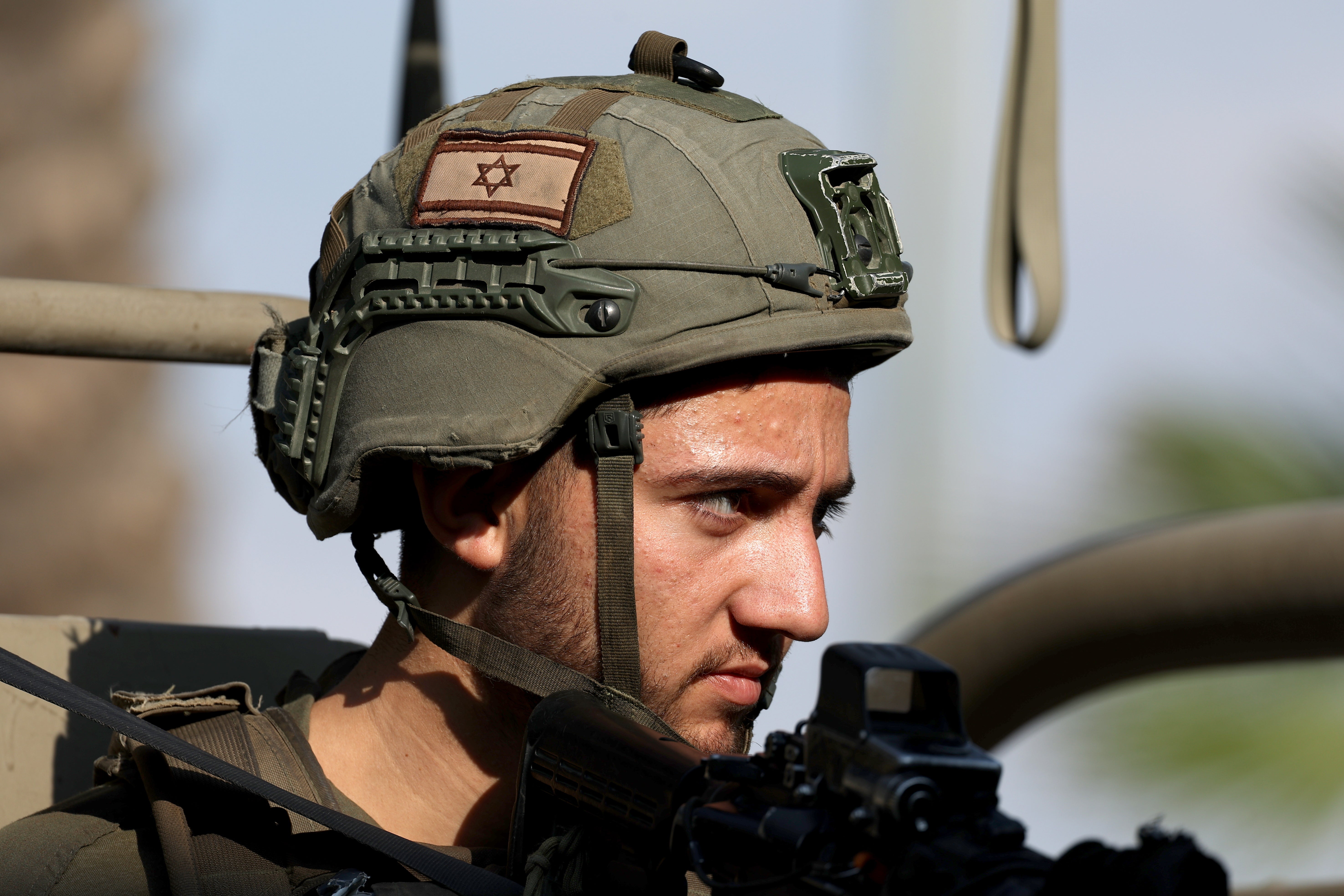
In front of the Israeli soldiers will be a series of defensive lines erected by Hamas.
They include mines, ambush sites and mortar targets, according to a recent review by Nadav Morag, a former Israeli security advisor.
It is widely suspected that areas will also be booby-trapped, including doors laden with explosives, and snipers will be positioned in obscured areas, firing at soldiers as they make their way through the streets.
The Israeli forces in Gaza also face a threat from aerial drones.
Hamas’ surveillance using unmanned aerial vehicles (UAVs) will increase the likelihood of Israelis having their position compromised.
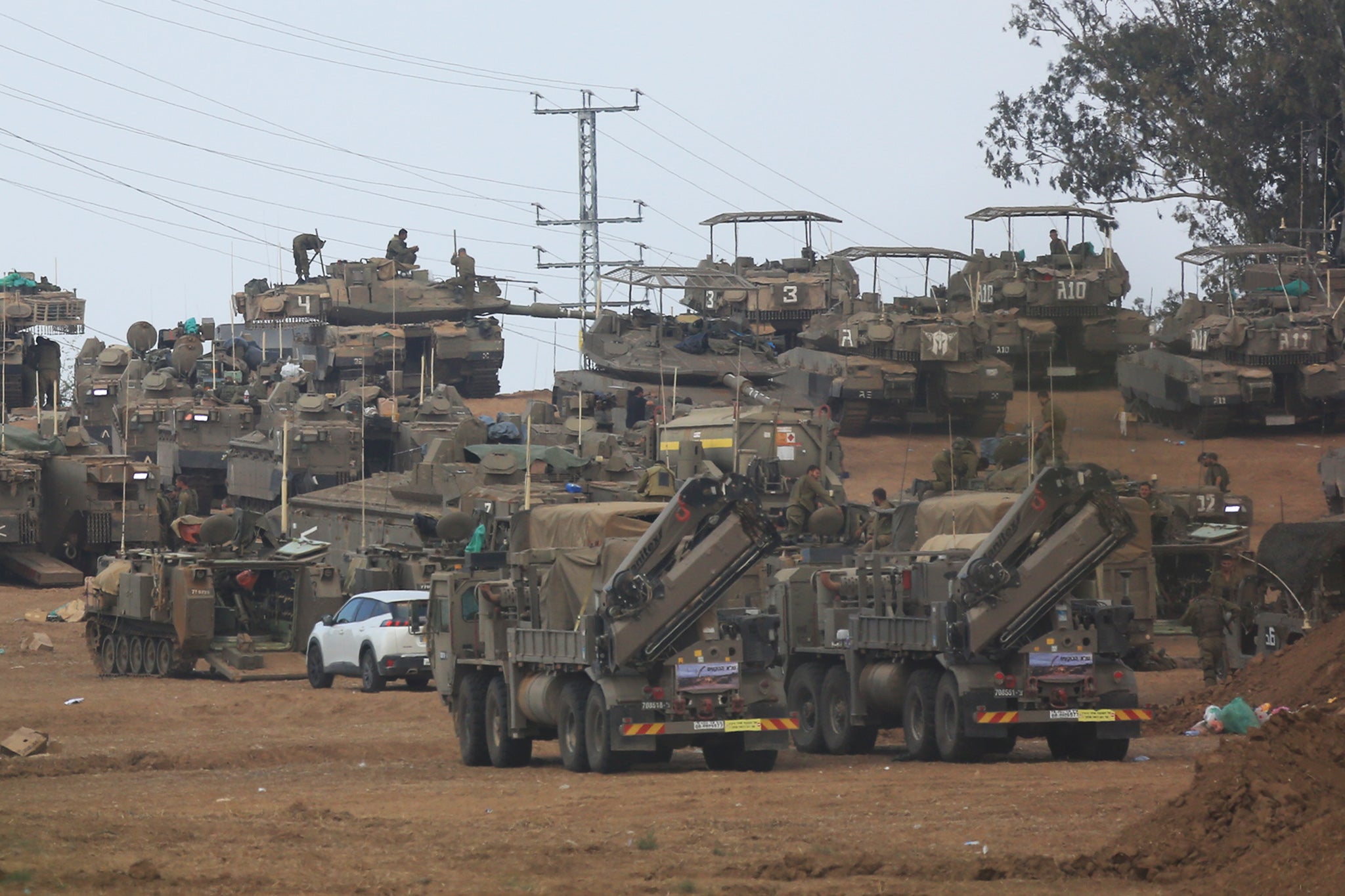
Israel’s tanks, armoured personnel carriers (APCs) and mine-clearing vehicles will also be vulnerable to quadcopter-dropped munitions.
Federico Borsari, an expert in drone warfare, told The Independent that this aerial threat creates significant stress for soldiers.
“If you have the danger and risk of being targeted by drones from above, the stress is very significant,” he said. “It will have important consequences for the performance of the Israeli forces.”
The second stage of Israel’s offensive, once the major Hamas positions have been captured, will be maintaining a presence in the Strip, at least temporarily, experts have said. Mr Netanyahu has said that “Israel will for an indefinite period … have the overall security responsibility [in Gaza]" even after the fighting "because we’ve seen what happens when we don’t have that security responsibility.”
Sir Tom Beckett, a retired lieutenant general for the British Army, wrote in a piece for the International Institute for Strategic Studies (IISS) that “once [Israel] stops attacking and starts occupying, it will lose the initiative by becoming a garrison located in fixed sites”.
This means they will face a heightened threat from insurgents hiding in tunnels that went undiscovered during the first stage of the offensive, all the while remaining largely static.

Join our commenting forum
Join thought-provoking conversations, follow other Independent readers and see their replies
Comments